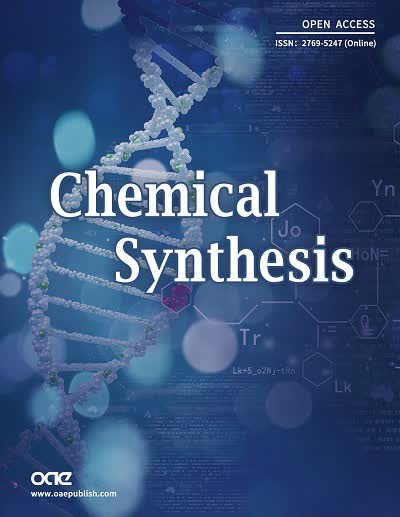fig4

Figure 4. Noble metal electrocatalysts with low-index facets for the NtrRR. (A) NH3 yield rates and Faraday efficiencies of Pd (111), (110), and (100) facets (left panel). Free energy diagram for NtrRR (middle) and the reaction energies of H2 formation (right) over Pd (111), (110), and (100) facets. Reproduced with permission[38]. Copyright 2021, Elsevier; (B) NH3 yield rates and Faraday efficiencies of Pd catalysts with different shapes (left panel). Adsorption energy of NO3- (middle) or NO2- (right) at pH = 0 and the activation barrier for converting *NO3 to *NO2 and *NO2 to *NO. Reproduced with permission[39]. Copyright 2021, American Chemical Society; (C) Surface configurations of nitrate adsorption on Rh (111), (110), and (100) facets. Reproduced with permission[40]. Copyright 2021, Elsevier; (D) Diagrammatic representation of the low coordination Rh atoms (left panel) and the NH3 yield rate of Rh nanoparticles and nanoflowers (right). Reproduced with permission[41]. Copyright 2023, American Chemical Society; (E) Schematic illustration of the reversible redox-transitions on Pt surface. Reproduced with permission[43]. Copyright 2023, Elsevier.








